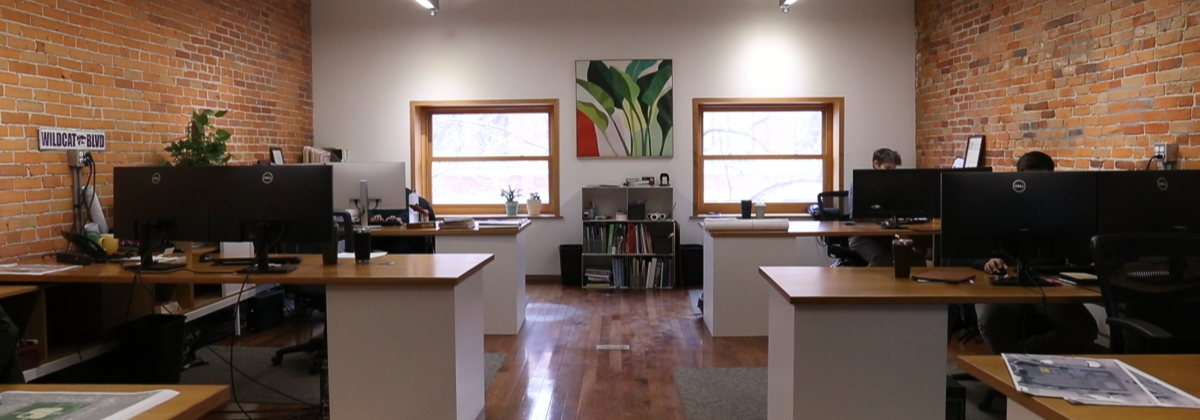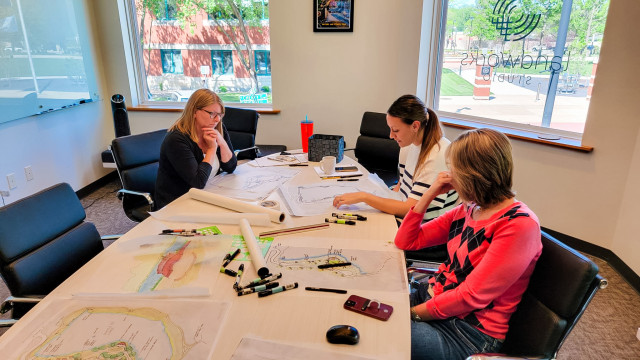
About Us
leading the development of exceptional places.

leading the development of exceptional places.
Landworks Studio is leading the development of exceptional places for all people with responsible solutions for our environment. Through meaningful relationships and effective communication, together we explore opportunities to create memorable experiences.

As a landscape architecture and planning firm, we see each project as an opportunity. Some of our favorite memories are made outside, so with every line we draw, we’re working to design places where people want to spend time. We engage closely with clients, elevate the ordinary, and inspire others with the designs we create.
As a limited liability company practicing landscape architecture in the state of Kansas, Landworks Studio has a Certificate of Authorization from the Kansas State Board of Technical Professions, as required by state law.